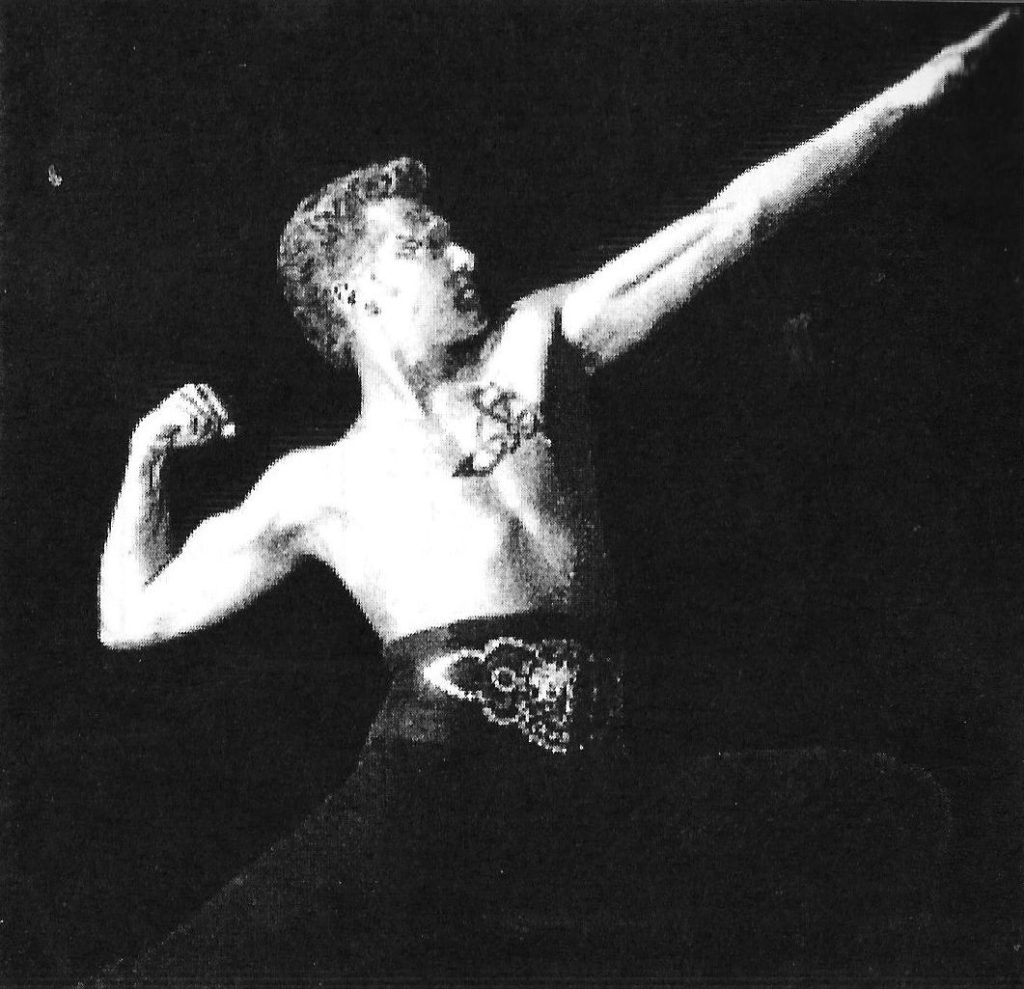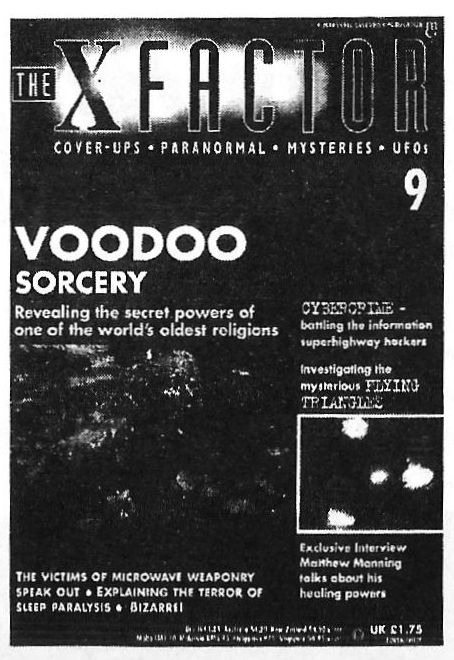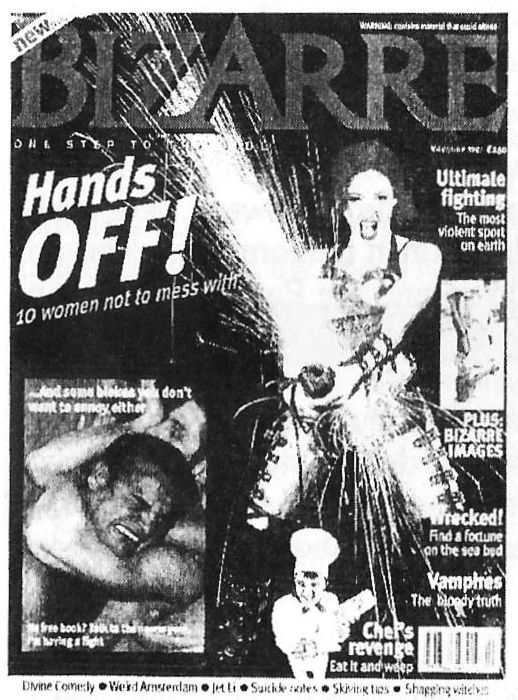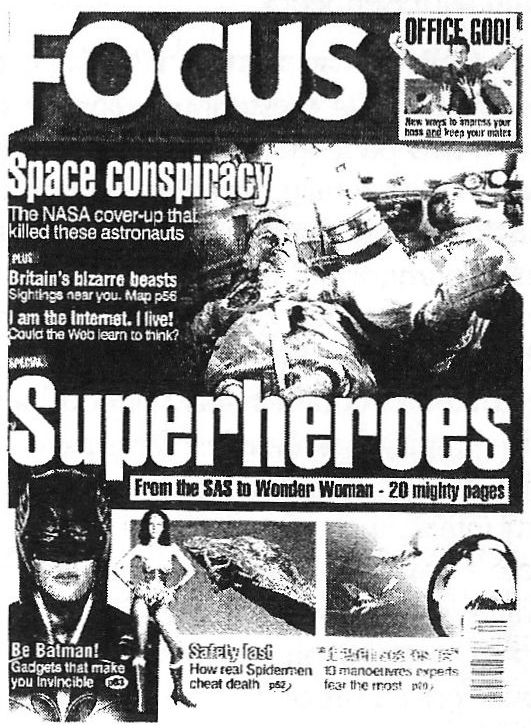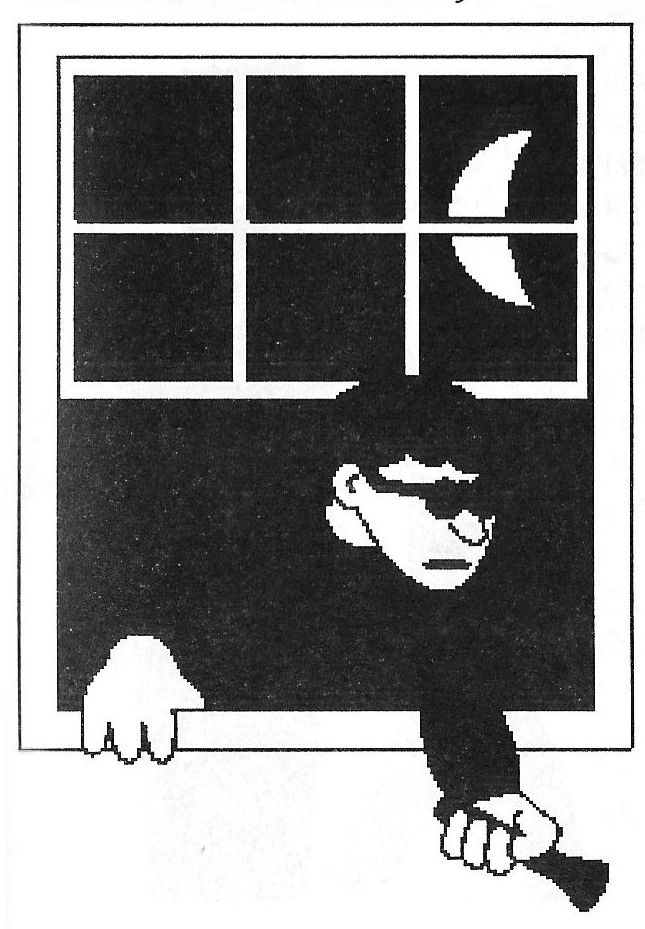Blood and Poses
Over the past year, there’s been a mini-tidal wave of cinematic Shakespeare, most taking the Bard out of his historical era in, presumably, an attempt to add contemporary relevance. Thus, Branagh moved Hamlet to the 19th century and Richard III saw Ian McKellen operating just before World War 2. The most savage dislocation, though, is Baz Luhrmann’s MTV-heavy Romeo and Juliet — passing Brixton Ritzy, which had it and Abel Ferrara’s The Addiction, I was reminded that it’s certainly not the first gang-war version. Beside the well-known West Side Story there is also Ferrara’s China Girl, about love between the Italian and Chinese communities.
The romance at the heart of his 1987 movie is merely a symbol of larger events: when a Chinese restaurant opens in the rapidly-shrinking Little Italy, some Triad members want to “invade” Italian turf and collect their due. This brings them into conflict with their own race as well as, inevitably, the power of the Mafia. It requires no special skill to predict that the poor teenage couple in the middle will catch a great deal of flak. Unknown to them, they have surprising allies in the mob bosses of both communities – “peace is good”, says one Triad leader – but will that be enough?

In some ways, the film prefigures Ferrara’s King of New York, in which Christopher Walken played a mob boss also faced with rebellion in the ranks. The central theme of both is “loyalty in a changing world”; this should also be familiar from the Hong Kong movies of John Woo, where chivalric heroes try to adapt to the fact that honour no longer means anything, and the lead characters in China Girl must decide whether to go with their hearts or their heads. Like Woo, Ferrara is an “independent”, lured to Hollywood by the promise of big projects such as Bodysnatchers. His recent updating of the 50’s paranoid classic (already remade once before) had none of the lasting value of the original and was, like Broken Arrow, a spectacular empty shell. It never delivered on the promise of his earlier work and, unlike John Woo (who finally got it at least half-right with Face Off), Ferrara now seems to have returned to his roots. His vision of New York is as immediately identifiable as Woo’s Hong Kong: at first glance, this sense of place may seem about all the pair have in common, but in China Girl it’s possible to see other similarities to Woo’s work.
The New York it portrays is very male-dominated, something true for most of Ferrara’s movies, save Angel of Vengeance (Ms. 45), where Zoe Tamerlis was fearsome, yet plausible and sympathetic. Certainly there are women in China Girl but they are secondary, reactive characters: even relatively strong-willed, modern Tye (Sari Chang) takes little action on her own, requiring prompting by her boyfriend. This criticism is commonly levelled at Woo, whose ‘classic’ movies have hardly a single notable role for a woman. [It’s also true of Luhrmann’s Juliet, who does little save mope in her bedroom] Religion is clearly important to both directors, though with different levels of cynicism. Bad Lieutenant is shot through with Catholic symbolism and overtones, yet is more warped and twisted than any Woo film, where “faith” of some kind remains pure and untainted, even if all around crumbles to dust. China Girl has a brief shot of a statue of the Virgin Mary shattering, which has distinct similarities to The Killer and its climax in a church.
The parallels are imperfect. In Woo’s films, there is rarely any doubt over who are good guys, and who are villains — not quite black and white, certainly, but at least ‘slate’ and ‘cream’. The morality in China Girl, and Ferrara’s work in general, is much less clear-cut. He adopts an ambiguous tone, where the boundaries between heroes and villains is largely a point of view. In addition, Ferrara seems fiercely averse to happy endings, his heroes are not only killed, but usually fail to achieve their goals. this contrasts markedly to the “heroic bloodshed” pioneered by Woo, whose characters tend to die with the satisfaction of a job well done. Despite this, China Girl remains more a John Woo film than most he’s made since coming to America. But Woo at least seems happy with his current lot and it’s hard to envisage him returning to low-budget films in the near future. Only time will tell if either, both or none of these directors is able and willing to sustain a fully satisfactory critical and commercial transition to Hollywood.
Slightly more recognisable as Shakespeare – at least in some ways – is Tromeo and Juliet, a wild and twisted take on the Bard directed by Troma’s head honcho Lloyd Kaufman. To some extent, it is perhaps truer to the spirit than Luhrmann’s more technically accurate version, since it shifts large chunks of the dialogue into the 90’s too. Thus, we get: “A word with me? How about a word for me? Or better yet, how about a word for you? Let’s see, a word for Tyrone Capulet. Goofball. Dickbag. Peon. Freak. Cocksucker. Shithead. Ratcatcher. Geek…”.
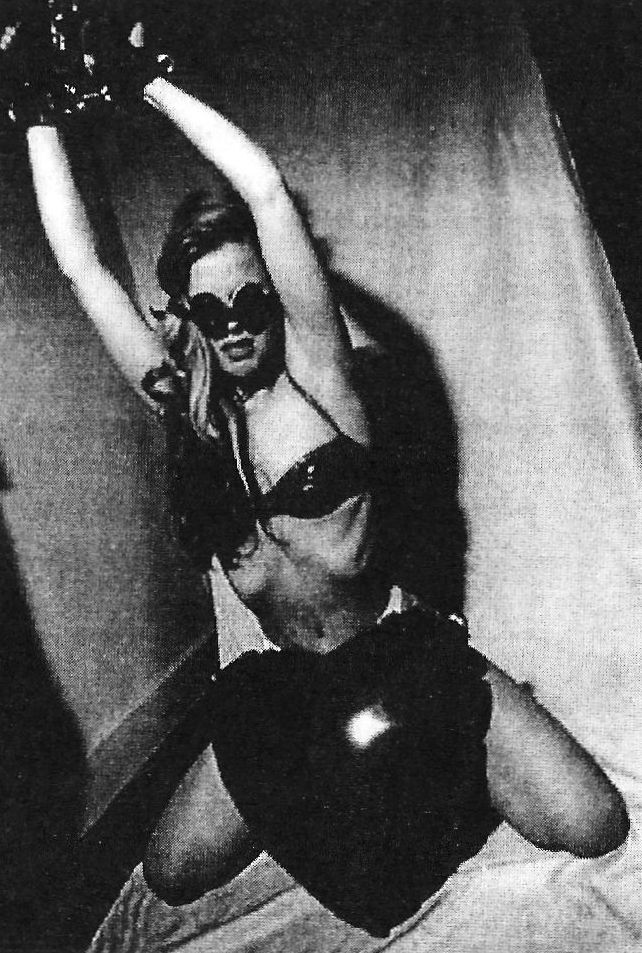
 “What light through yonder Plexiglass breaks?”
“What light through yonder Plexiglass breaks?”Kaufman takes the text of Shakespeare as little more than a jumping-off point, from which spirals a typically Tromatic spin on the battle between the Capulets and the Ques — the latter provoked some puzzlement until it was discovered that the head of the family was called Monty. [Think about it…just not for too long…] This frees the makers from the agony of deciding whether or not to produce a full-length version (Shakespeare was the Tarantino of his day: overlong scripts padded needlessly with excessive, albeit very clever, dialogue) and the ending abandons R&J altogether, drifting closer to A Midsummer Night’s Dream.
But what is taken out is probably less important or interesting than what is added: severed body parts, creepy child abuse, an excruciating mondo nipple piercing, Lemmy the narrator (keeping his record of about one film every five years!), incest, a penis monster, plus Juliet and her nurse in a pleasant lesbian sex-romp. Given the makers, none of this is surprising and I think it’s safe to say that Kaufman is not exactly overawed by his subject matter.
If you know Shakespeare, you’ll get more out of this since it’s stuffed with in-jokes and appropriately warped references to his plays. However, it’s not required — anyone who ever sat through an English class will appreciate the porno CD-Rom, ‘As You Lick It’. The performances are good by most standards (and thus awesome by Troma ones) and while the production remains unashamedly cheap-jack, it’s a viable contender for the best Troma-made movie since the original Toxic Avenger. Which is probably a better reference point than any Shakespearean adaptation; if you enjoyed Toxie, you should like this screwed-up and thoroughly warped spin on the tale. Oh, and as ever with Troma, be sure to read all the end credits…
